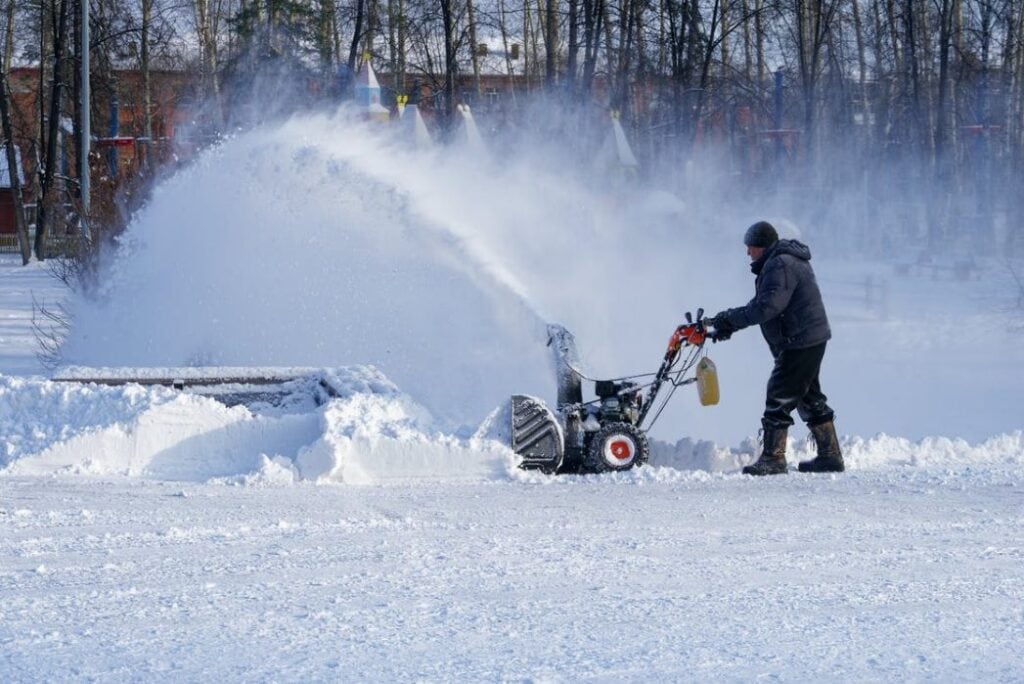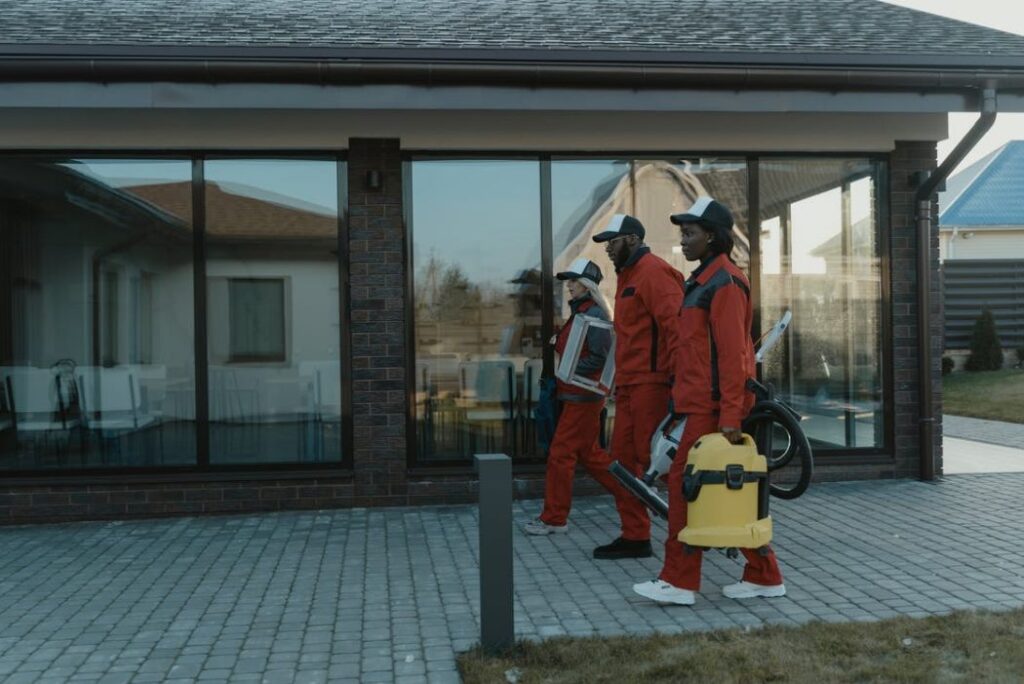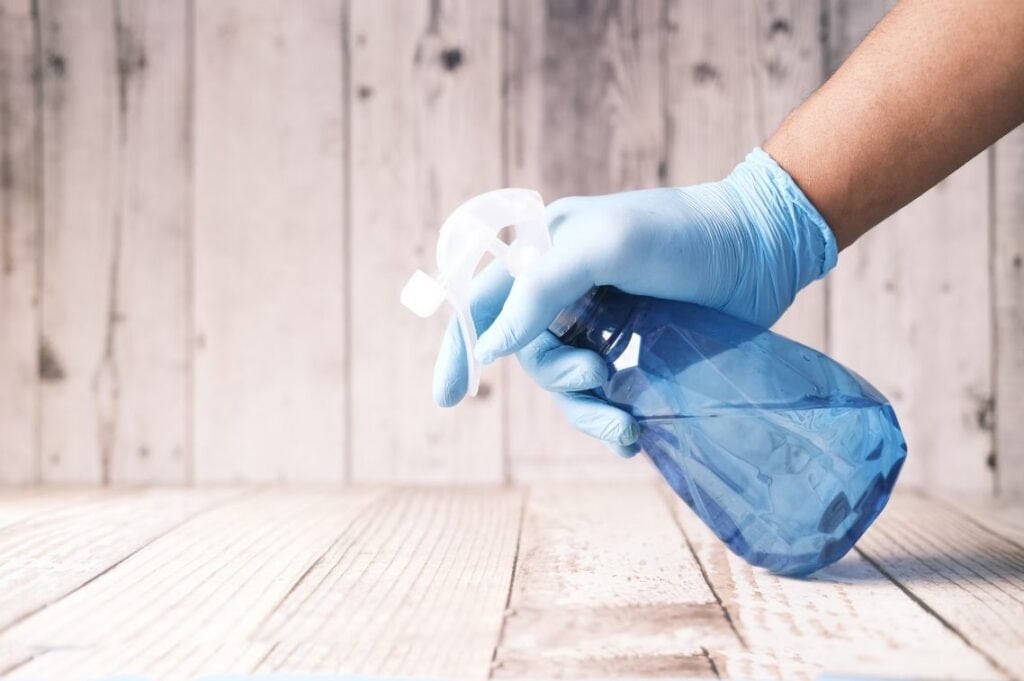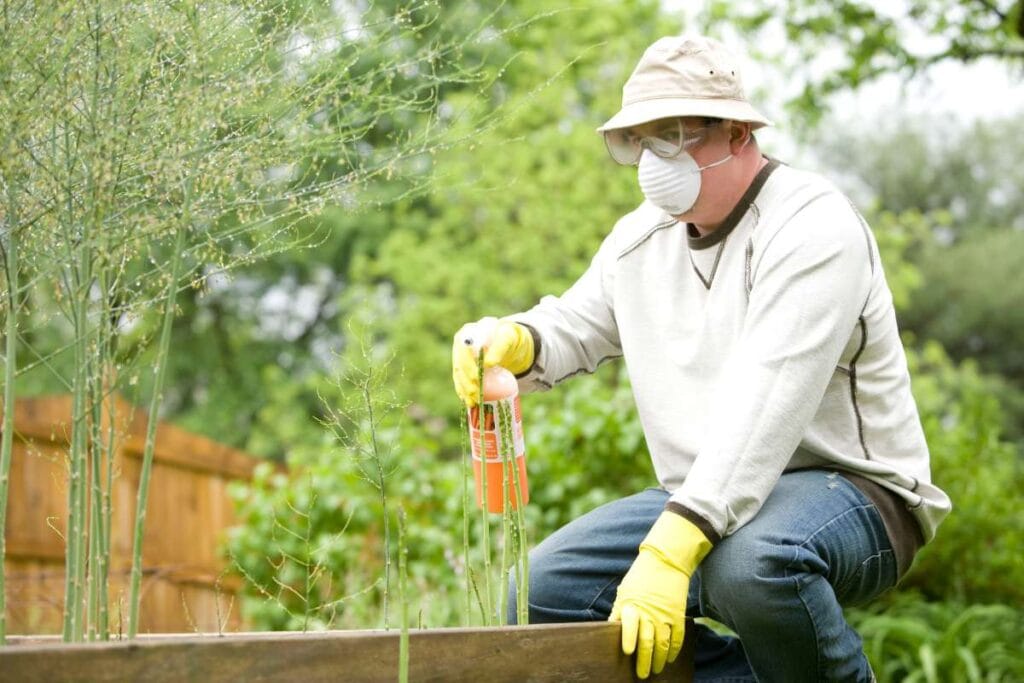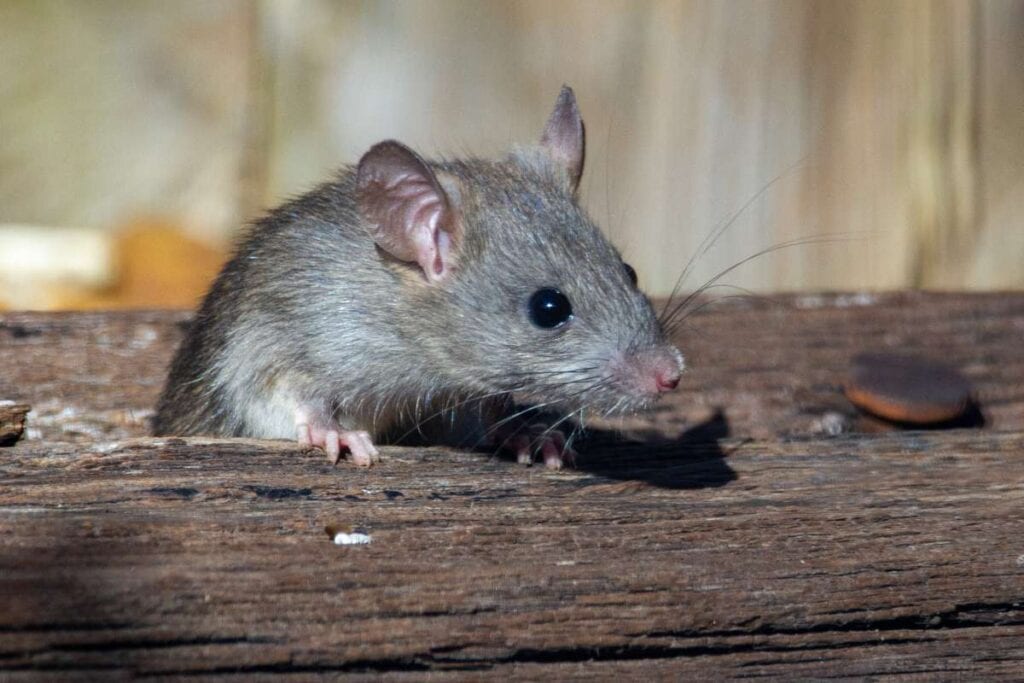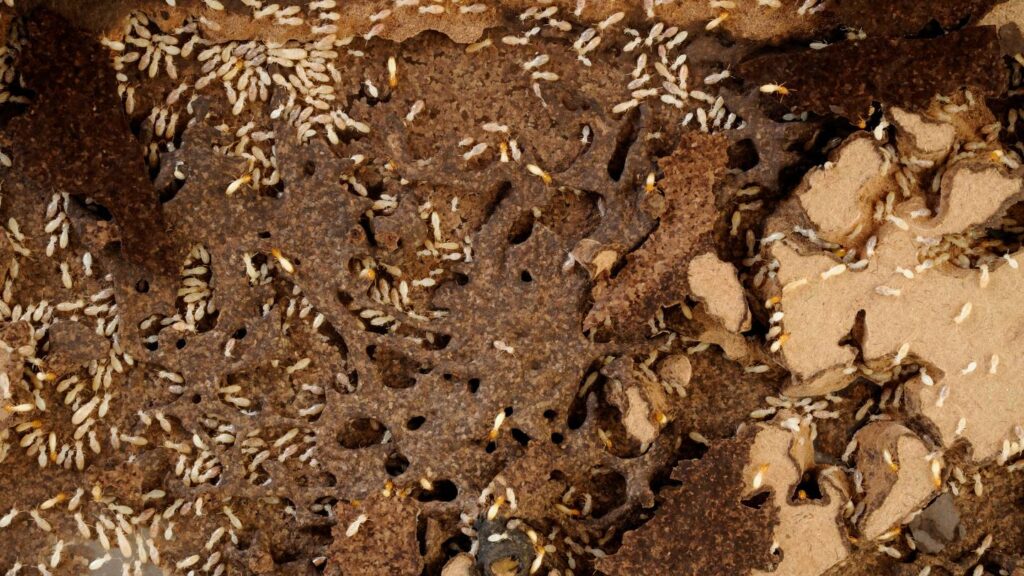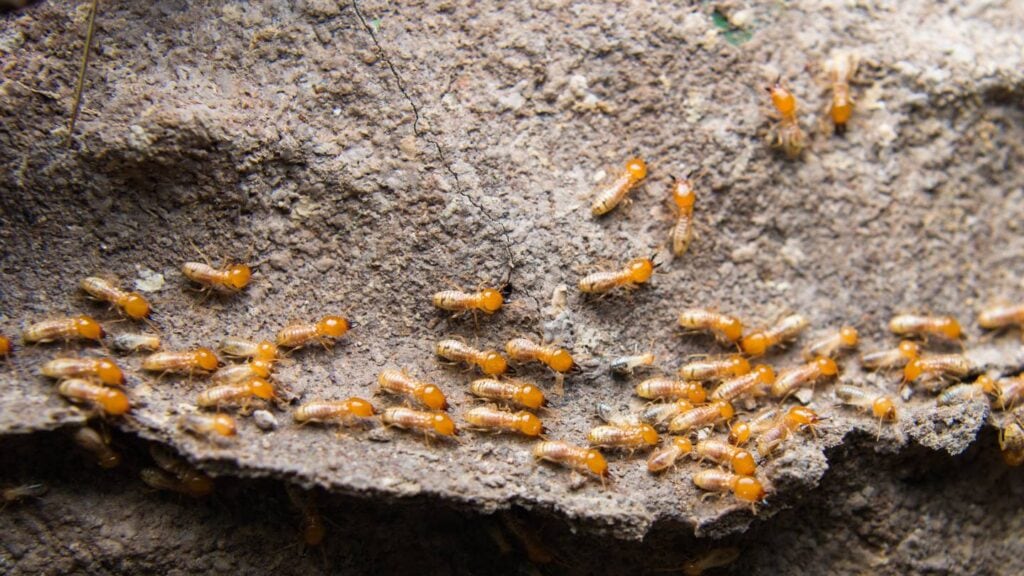As a beekeeper, do you worry about the well-being of your valuable honeybee colonies? Those who have dealt with beekeeping for any length know the constant danger pests and diseases pose to the hives. But have no fear! In this article, We'll discuss the most important tactics and strategies for Integrated Pest Management (IPM) in beekeeping. Now is the moment to safeguard your bees and ensure they'll be okay for a long time.
The phrase "Integrated Pest Management" is more than simply a buzzword in the beekeeping community; it is the foundation for sustaining robust colonies. Sustainable pest control measures are needed for beekeepers in light of the declining bee numbers worldwide and bees' vital function in pollination. This article will explore the details of integrated pest management (IPM) and how it can protect your bees from common diseases and pests, resulting in healthier and more productive hives.
However, these aren't just abstract ideas; we'll also give you useful advice and tips from well-known beekeepers who have successfully used IPM methods. No more waiting! Let's dive into the world of effective pest control for beekeepers and learn how to protect your beloved bees while still enjoying the sweet benefits of honey and pollination.
Acquiring Knowledge of the Beekeeping Setting
The Australian honey bee business has known for a long time that the best thing to do is to have as little effect on the Environment as possible. There are now official national best practice guidelines for beekeeping in Australia. These show the community that the Australian honey bee industry is dedicated to doing everything possible to avoid or lessen any harm it may cause to the Australian Environment.
Suppose the honey bee industry follows the guidelines in the National Best Management Practice for Beekeeping in the Australian Environment. In that case, it will show that it pays close attention to its effects on the Environment and knows how to handle them.
The honey bee industry shares the community's beliefs supporting environmental protection and the creation of conservation areas, which depend on preserving local flora. The honey bee industry has offered the National Best Management Practice for Beekeeping in the Australian Environment to support its historically espoused conservation values.
The guidelines are there so that beekeepers can understand their part in the community. They also show the public what all beekeepers should do to keep and manage honey bees. The rules aren't specific to any one group of beekeepers, and not every part of them may apply to every manager of a beehive.
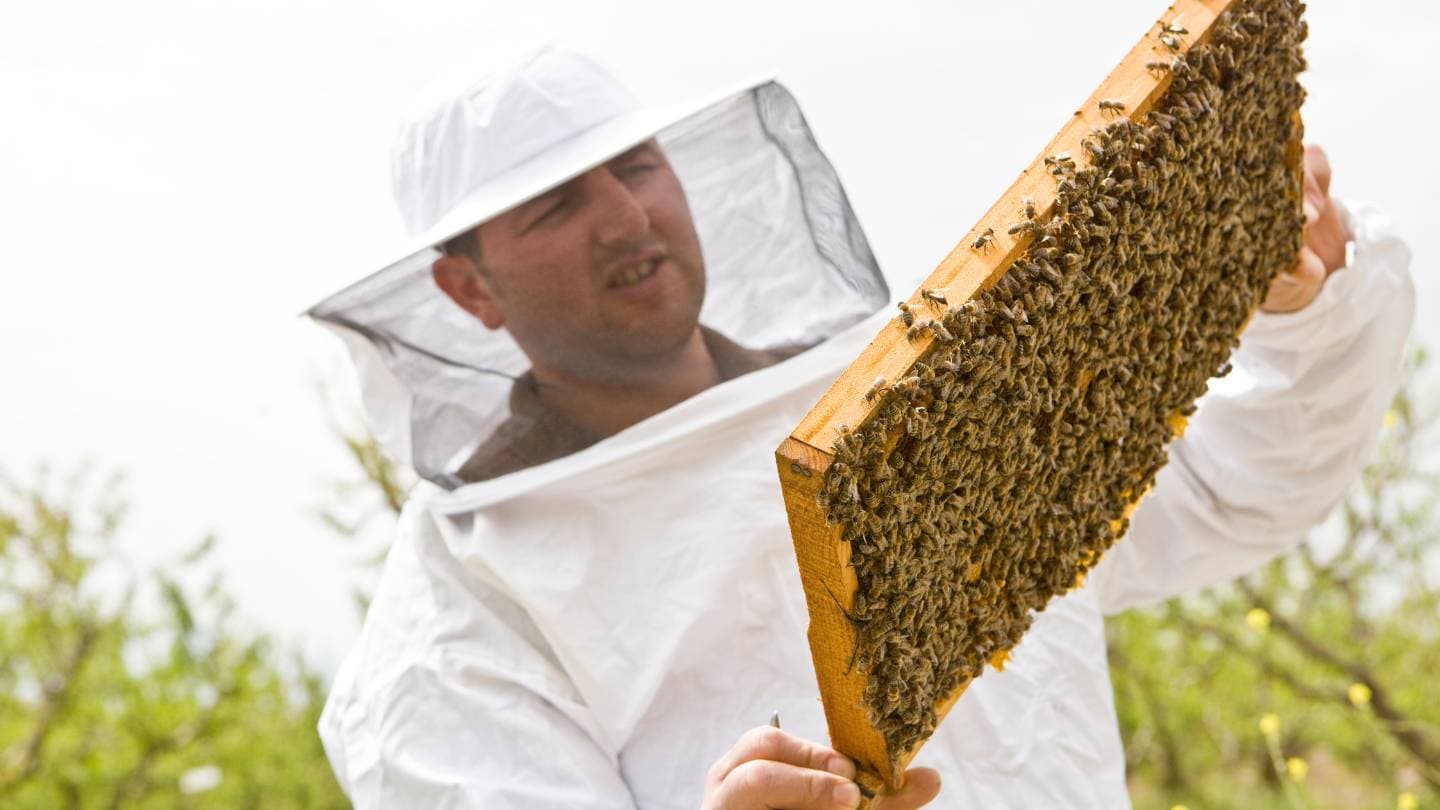
Define Integrated Pest Management.
Integrated pest management (IPM) integrates chemical, cultural, and biological approaches to control insect pests in agricultural production. Whenever possible, it prefers to employ natural predators or parasites to control pests; selected insecticides are used as a backup.
It is important to note that organic practices and IPM are distinct. It doesn't say anything against using chemicals but suggests using selective pesticides when the crop needs them, so less pesticide is used overall.
- In cultural control, pests are managed without chemicals by altering the soil and crop environment to discourage pest development. This can be done mechanically or by hand.
- By destroying them or interfering with their reproductive cycle, predatory or parasitic insects and mites referred to as "beneficial" or "good bugs" assist in biologically controlling chewing and sucking insects that lower crop quality and productivity.
- One method of pest management is chemical control, which uses pesticides. This method is employed when integrated pest management strategies based on culture and biology have failed to safeguard agricultural yields. When chemical management is necessary, it is best to use selective insecticides that kill only the pests while avoiding harming the beneficial population.
Integrated Pest Management (IPM) Pros and Cons
Integrated Pest Management (IPM) is a way to control pests in farms, forests, and other places that benefit the Environment and the economy. It uses various methods and tactics to keep pests from doing too much damage while lowering the need for chemical pesticides. This is a list of some of the best things about IPM:
Decreased Usage Of Chemicals:
IPM seeks to reduce the use of chemical pesticides, potentially detrimental to non-target species, the environment, and human health. IPM minimises chemical exposure and contamination by applying pesticides only when required and in specific ways.
Less Damage To The Environment:
We should use eco-friendly ways to eliminate pests, like biological control (using natural predators or bugs), cultural practices, and mechanical methods. This method helps keep environments and species safe.
Economical:
The goal of integrated pest control (IPM) is cost-effectiveness. In the long run, integrated pest management (IPM) can save farmers and companies money by eliminating costly chemical treatments and optimising resource utilisation.
Agriculture That Lasts:
IPM is important to sustainable farming because it reduces pests' damage to food yields and quality. It keeps the earth healthy and lowers the chance that pests will become resistant to pesticides.
Preserving Beneficial Insects:
Integrated pest management (IPM) aims to protect beneficial insects from pests, such as ladybirds and parasitoid wasps, rather than using chemical pesticides that kill all insects.
Key Elements of Beekeeper IPM
Is the well-being of your bee colonies your priority as a beekeeper? In that case, you're no stranger to the beekeeping industry's difficulties caused by insects and other pests. Combating these pests is an essential part of beekeeping, and the first step is to learn what makes integrated pest management (IPM) work for beekeepers.
This short piece will show you the most important parts of effective IPM plans made just for beekeepers. We'll talk about tried-and-true methods and best practices that will keep your bees safe from pests. Whether you're new to beekeeping or an expert apiarist who wants to control pests better, our tips will give you the information and tools you need to do well in beekeeping.
Observation And Prompt Identification
Regular Hive Inspections:
- Check on the colony's general health by inspecting the hive regularly.
- Check for symptoms of illness, pests, or odd behaviour.
- Watch the bee population and behaviour, such as how they raise their young, what they do for food, and how they act when they feel threatened.
The Use of Monitoring Tools and Techniques:
- Check for pests and diseases using various monitoring equipment, including hive scales, pheromone lures, and sticky traps.
- Keep track of changes and make smart choices by keeping records of monitoring results.
Cultural Practices
Hive Placement and Management:
- Pick a spot for the hive that will protect it from bad weather and keep it out of harm's way.
- Maintaining clean and well-maintained hives is an important part of effective hive hygiene.
- Ensuring enough space between hives will keep them from getting crowded and stressing out the bees.
Queen Selection and Breeding:
- Select and breed queens with pest- and disease resistance, excellent brood production, and mild temperament.
- Maintain a steady colony population by implementing swarm prevention methods.
Biological Control Methods
Introduction of Beneficial Insects:
- You can assist in controlling pest populations by introducing beneficial insects, such as parasitoid wasps or mites that feed on Varroa mites.
- Find and use organic methods of pest control that are right for your area and the number of pests you have to deal with.
Promoting Natural Predators:
- Establish a habitat conducive to the growth of insects, spiders, birds, and other predators of bee pests.
- Broad-spectrum poisons are bad for plants and animals and should not be used.
Chemical Control As A Last Resort
Safeguarding Responsible Pesticide Use:
- Only after exhausting all other options for integrated pest management (IPM) without success should you resort to chemical control approaches.
- Be sure to observe all safety precautions and use only insecticides that are appropriately labelled for beekeeping.
- To keep bees from being too exposed, use chemicals when they won't be as busy, like early in the morning or late at night.
Alternatives to Conventional Pesticides:
- Try using essential oils, organic acids, or plant extracts to lessen your pest control product's environmental impact.
- Get help from local agricultural extension services or beekeeping groups to find and use non-chemical methods.
Beekeeping Ethics and Sustainability
Bees, their hives, our ecosystem, and the products they make are all held in our highest regard. We support ecological and ethical beekeeping practices and keep beehives of our own. Our co-founder, Dani, is an expert beekeeper and trainer with a deep love for these fascinating creatures.
Meaning Of Ethical And Sustainable?
Although people may use different words to describe them, ethics and sustainability are two distinct but linked ideas. Ethical considerations for beekeepers centre on protecting the bees and their Environment from harm, which includes providing for their physical needs and, ideally, limiting human interference with their natural habitat.
While caring for bees is important, sustainable beekeeping looks at the bigger picture. It knows that having a healthy relationship with bees is connected to the health of the Environment and that our actions can have big effects. Taking care of bees means taking care of the place where they live.
Moral Conduct
There are numerous facets to ethical beekeeping, but frequently, it's more about the things that beekeepers refrain from doing. Proponents of ethical beekeeping contend that farmers should have more of a shepherding role and that their influence on the lives of their bees should be minimal. They also try to lessen their influence on the local wildlife and plants.
Introduced species, like the honey bee (Apis mellifera) in Australia, can negatively impact the ecology if increased. In the eyes of ethical keepers, their job is to act as a shield, preventing stress and harm while allowing the bees to lead as natural a life as possible. As an illustration, they
- Always leave no more than what the beehive needs.
- Only pick at the right times of the year.
- Stay away from hives that are too big to avoid overworking.
- Steer clear of needless chemicals and synthetic honey substitutes.
- Keep invasive species from outcompeting native wildlife for food, shelter, and other resources by minimising swarming.
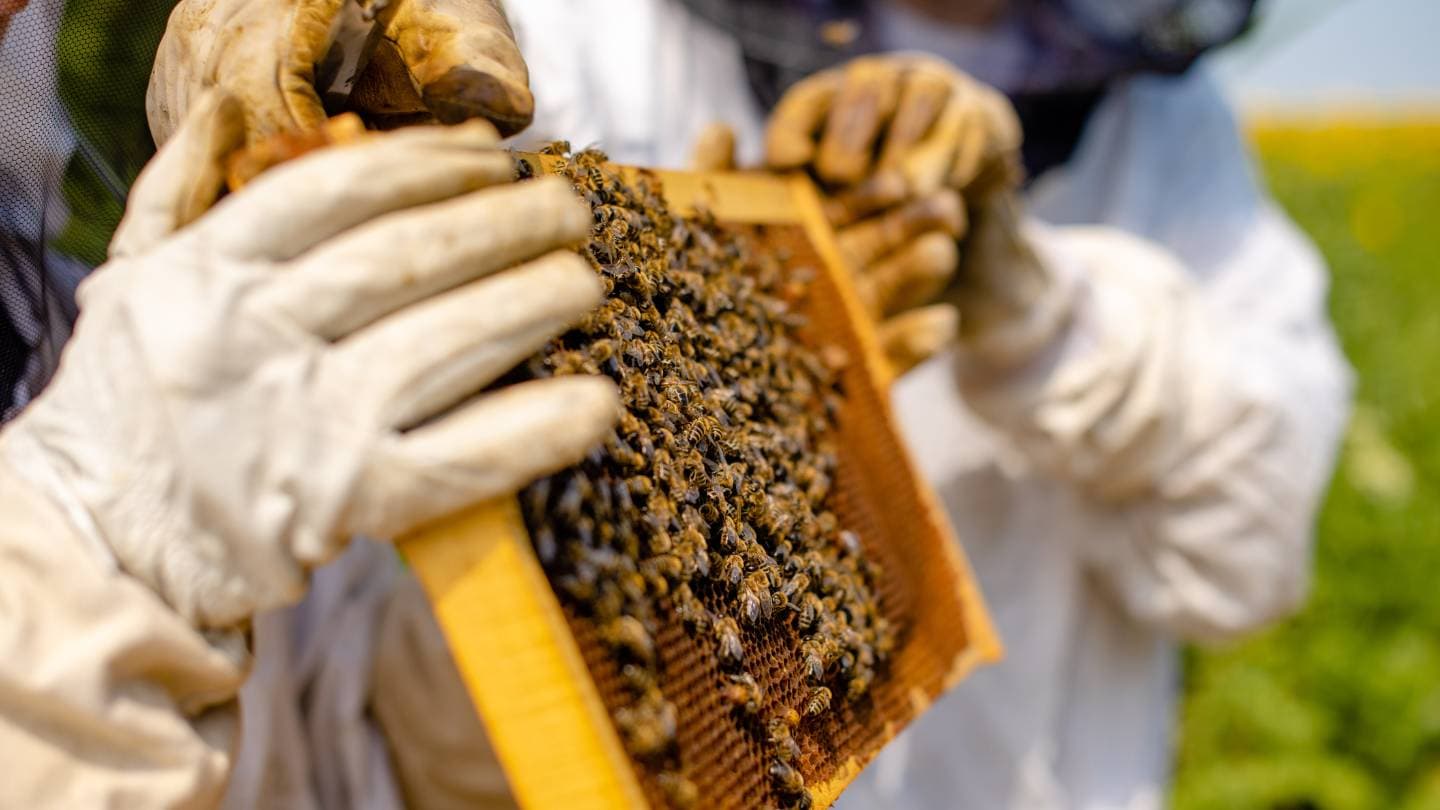
Sustainable Practices
The interdependence of bees, people, and the Environment is essential to beekeeping sustainability. To some extent, sustainable beekeepers want to safeguard the bee population as a whole, not simply their hives.
Being aware of the world around them might be the most important thing a beekeeper can do. Keepers need to know what bees need and what risks they face to build a healthy future with them. As an example, they
- Know that for bees to flourish, they require an area with a wide variety of flowering plants. They cultivate a wide range of trees and flowers to ensure enough food for everyone.
- Stay away from pesticides, which can do a lot of damage to bee numbers.
- Hold on to native species wherever you can. Introduced species can cause problems for the local ecology and even illness, which they know well.
- Adjust their beehives to the changing climate. Bees, they've realised, aren't built to handle sudden shifts in temperature.
Beekeepers may efficiently manage illnesses and pests while fostering the health and well-being of their bee colonies in a sustainable and environmentally responsible manner by incorporating these essential elements into their beekeeping methods.
Conclusion
Integrated Pest Management (IPM) is an important way for beekeepers to keep their colonies safe from common diseases and bugs. This keeps the hives healthier and more productive. IPM is very important in the farming business because the number of bees is going down around the world, and bees are very important for pollination. The honey bee business in Australia has set up national best practice guidelines to help protect and preserve the environment.
IPM uses a mix of biological, chemical, and cultural methods to get rid of bug pests in farming. It likes to use natural predators or bugs to get rid of pests, but selective pesticides are also sometimes used. Changing the soil and crop surroundings to stop pests from growing is called cultural control. When chemical control is needed, selective insecticides are used.
IPM has many advantages, such as lowering the need for chemicals, protecting beneficial insects, saving money, and not hurting the earth as much. IPM uses eco-friendly methods like biological control, cultural practices, and mechanical methods to keep chemicals and pollution to a minimum, protect the environment, and make the best use of resources.
Understanding how important IPM is for beekeeping, using successful strategies, and having the right tools and techniques are all important parts of beekeeper IPM. Beekeepers can protect the health of their bee colonies and still enjoy the benefits of honey and pollination by following these rules.
This piece gives beekeepers advice on how to make integrated pest management (IPM) plans that work. It talks about how to observe, quickly identify, place and manage hives, choose queens and breed them, use biological control methods, and chemical control as a last option, and do things in an ethical and environmentally friendly way.
Ethical beekeeping focuses on keeping bees and their surroundings safe by meeting their physical needs and letting people stay out of their natural habitat as little as possible. Sustainable beekeeping takes into account how people, bees, and the environment are all connected. This makes sure that beekeepers understand the world around them and what bees need to survive.
For IPM to work, the hive must be checked on a regular basis, tools and methods must be watched, and the hive must be kept clean and well-kept. Cultural practices include putting up and taking care of hives, choosing queens and raising them, and using methods to keep swarms from happening.
Biological control methods include bringing in good bugs, using natural ways to get rid of pests, encouraging natural predators, and only using chemicals as a last option. You can use essential oils, organic acids, or plant extracts instead of regular pesticides. For help, contact your local agricultural extension office or beekeeping group.
In conclusion, keeping bees is an important part of keeping an ecosystem healthy and responsible for the world. By using these important things in their work, beekeepers can keep their hives healthy and well-behaved while also getting rid of diseases and pests.
Content Summary
- Integrated Pest Management (IPM) is crucial for sustaining robust honeybee colonies.
- IPM in beekeeping focuses on protecting bees from diseases and pests for healthier hives.
- Practical advice and tips from experienced beekeepers are shared for successful IPM application.
- The Australian honey bee industry emphasises minimal environmental impact and follows national best practice guidelines.
- These guidelines demonstrate the industry's commitment to environmental stewardship.
- The honey bee industry aligns with community values of environmental protection and conservation.
- Beekeepers are guided to understand their role in the community and manage hives responsibly.
- IPM combines chemical, cultural, and biological methods for agricultural pest control.
- It prefers natural predators for pest control and uses selective insecticides as a backup.
- Cultural control in IPM involves altering the environment to discourage pest development.
- Biological control employs beneficial insects to manage pests naturally.
- Chemical control is used in IPM as a last resort, prioritising selective insecticides.
- IPM benefits include reduced chemical usage, less environmental damage, and cost-effectiveness.
- It supports sustainable agriculture and preserves beneficial insects.
- Regular hive inspections are vital for monitoring colony health and detecting pests.
- Beekeepers should use monitoring tools like hive scales and sticky traps for effective pest management.
- Hive placement and management play a key role in cultural practices for IPM.
- Queen selection for pest and disease resistance is essential for healthy colonies.
- Introducing beneficial insects like parasitoid wasps helps in biological control.
- Promoting natural predators enhances the ecosystem's balance and pest control.
- Responsible pesticide use is advised only after other IPM strategies fail.
- Alternatives to conventional pesticides include essential oils and organic acids.
- Ethical beekeeping prioritises bee welfare and minimal environmental impact.
- Sustainable beekeeping considers the broader ecosystem and long-term bee health.
- Ethical practices include minimal intervention and avoiding synthetic honey substitutes.
- Sustainable beekeeping involves awareness of bee needs and environmental challenges.
- Beekeepers should cultivate diverse flora for bee nutrition.
- Avoiding pesticides is crucial to protect bee populations.
- Preference for native species helps maintain ecological balance.
- Adapting hives to climate change is part of sustainable beekeeping practices.
- Understanding and implementing IPM enables beekeepers to manage pests effectively.
- IPM's goal is to balance pest control with environmental and bee health.
- Regular monitoring allows for timely identification and management of pests.
- Cultural practices in IPM enhance natural hive health and resilience.
- The breeding of resistant queens contributes to the colony's defence against pests.
- Biological control methods align with natural pest management strategies.
- Chemical controls in IPM are used judiciously and with caution.
- Beekeeping ethics involve responsible management and respect for natural bee behaviour.
- Sustainable beekeeping acknowledges the interconnectedness of bees, humans, and the environment.
- Ethical beekeeping limits harvesting to what is necessary, respecting the hive's needs.
- Sustainable practices focus on the long-term viability of bee populations.
- Keeping bees healthy requires providing a diverse and rich foraging environment.
- Reducing pesticide use is a key element in protecting bees from harm.
- Emphasising native species helps to maintain natural ecological balances.
- Climate adaptability in beekeeping practices is essential for the bees' survival.
- IPM's holistic approach supports bee health and productivity.
- Effective pest management in beekeeping requires a combination of different strategies.
- Beekeepers play a crucial role in maintaining the health of their colonies and the environment.
- Integrating ethical and sustainable practices into beekeeping enhances overall hive health.
- IPM in beekeeping is a dynamic and evolving practice, adapting to new challenges and knowledge.
Frequently Asked Questions
Integrated Pest Management (IPM) in beekeeping is an approach that combines various strategies to manage pests in beehives while minimising the use of chemical pesticides. It involves a combination of cultural, biological, mechanical, and chemical methods to maintain healthy bee colonies.
IPM is crucial for beekeepers because it helps maintain the health and productivity of bee colonies while reducing the negative impact of chemical pesticides on bees and the environment. It allows beekeepers to manage pests more sustainably and protect their hives from infestations.
Cultural practices in beekeeping IPM include
- Frequent hive inspections to detect pest presence.
- Proper hive spacing and placement to reduce pest access.
- Selective breeding of resistant bee strains.
- Maintaining a clean and hygienic apiary environment to prevent pest buildup.
Beekeepers can use biological methods by introducing natural predators or beneficial organisms to control pests. For example, introducing parasitic mites that prey on varroa mites or using nematodes to control hive beetle larvae. These methods help maintain pest populations at manageable levels.
Chemical methods should be a last resort in beekeeping IPM. They should only be considered when non-chemical methods have proven ineffective and the pest infestation poses a severe threat to the bee colony. If chemicals are used, beekeepers should choose products specifically labelled as safe for bees and follow strict application guidelines to minimise harm to the hive.


